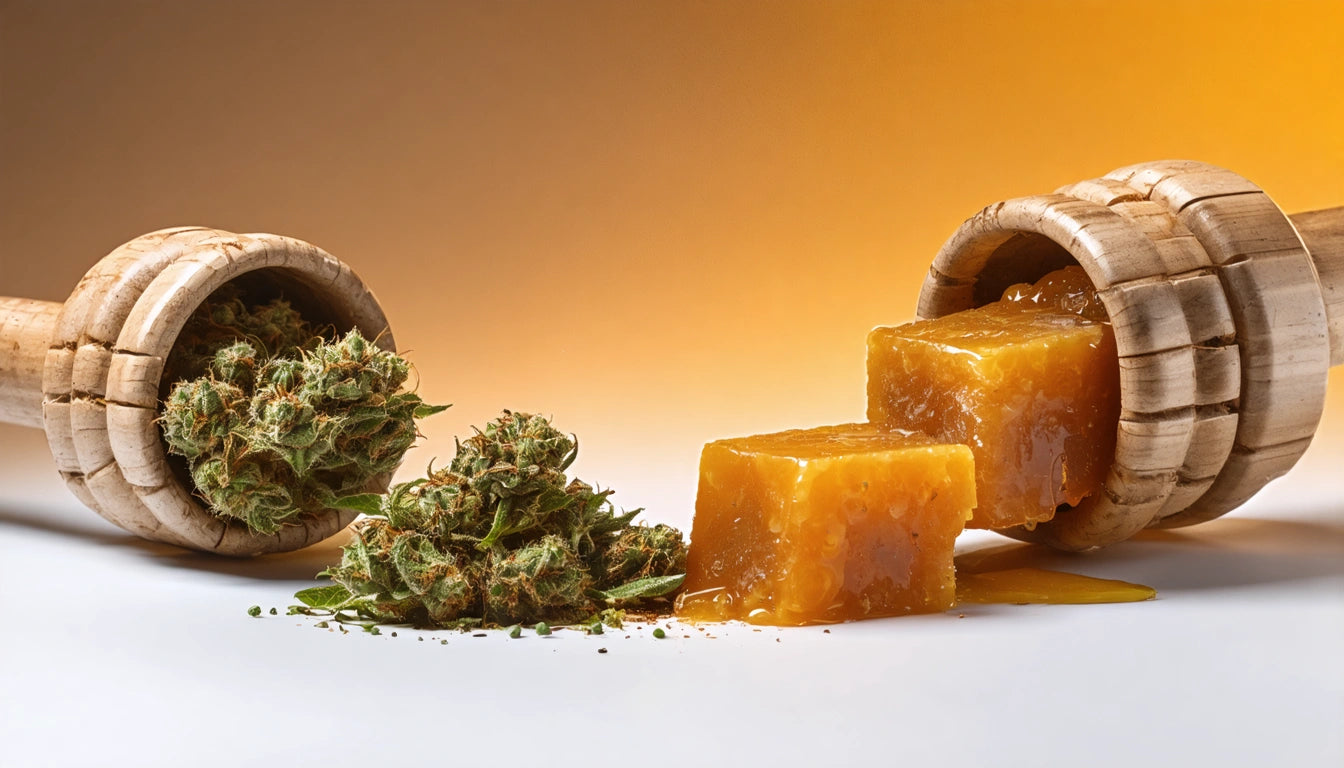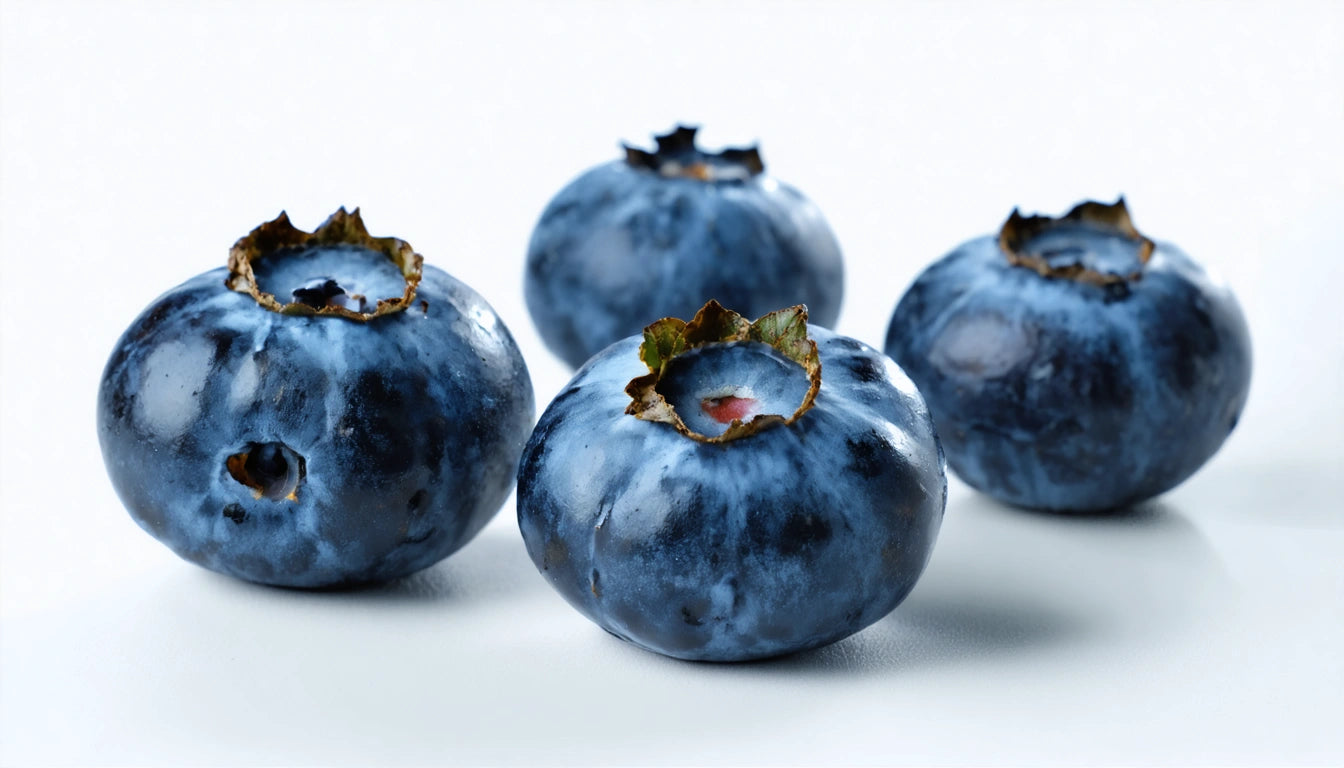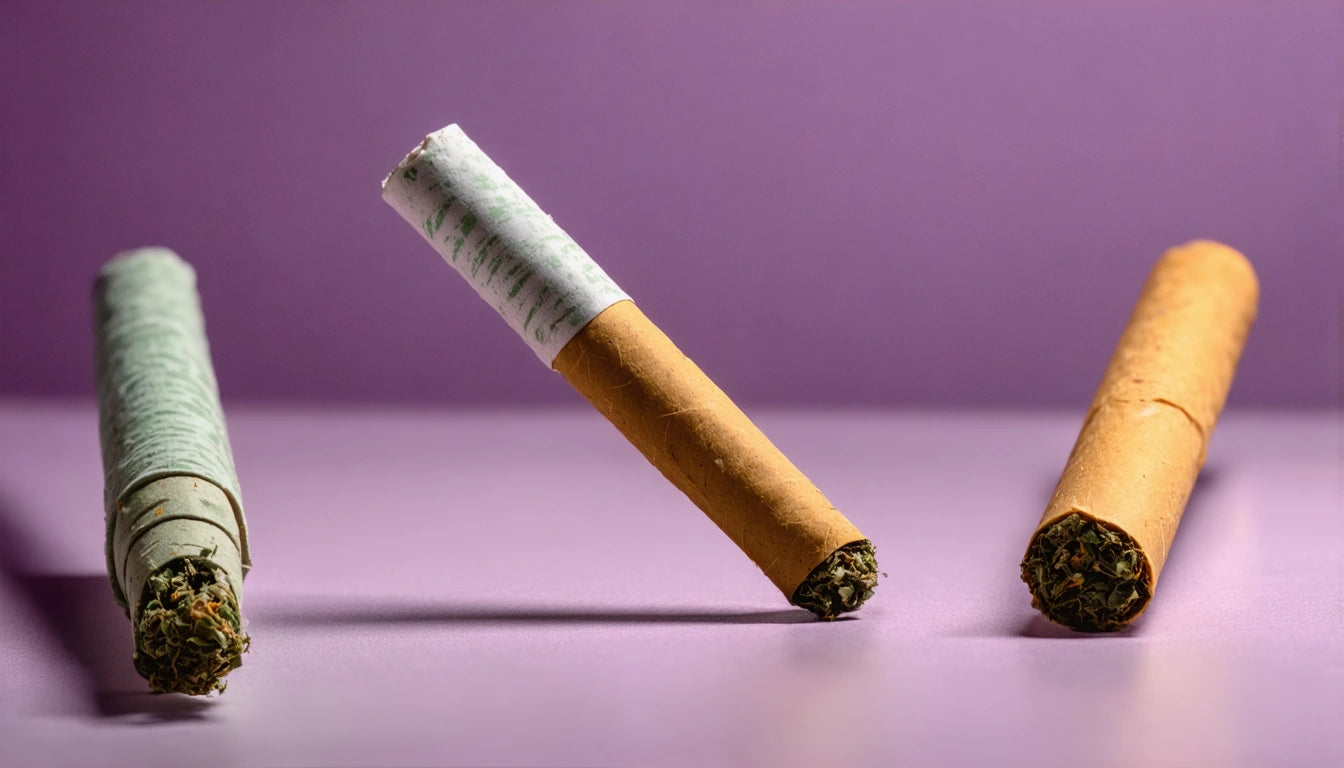Table of Contents
- Understanding Plant Supplements: Bud Candy and Molasses
- Composition Comparison: What's Inside Each Product
- Benefits Analysis: How Each Supplement Affects Plant Growth
- Application Methods: How to Use Each Supplement Effectively
- Cost-Effectiveness: Budget Considerations for Growers
- Making the Right Choice for Your Cultivation Goals
Comparing Bud Candy and Molasses: Which is Better for Your Plants?
When it comes to maximizing the potential of cannabis plants during the flowering stage, the debate between bud candy vs molasses continues to divide growers. Both supplements promise enhanced flavor, aroma, and yield, but understanding their differences is crucial for making an informed decision that aligns with your cultivation goals and budget.
Understanding Plant Supplements: Bud Candy and Molasses
Bud candy is a premium commercial plant supplement specifically formulated for the flowering stage of cannabis cultivation. It contains a proprietary blend of carbohydrates, amino acids, vitamins, and other compounds designed to enhance terpene production and overall bud development.
Molasses, on the other hand, is a natural byproduct of sugar production that has been used by gardeners for generations. In cannabis cultivation, unsulfured blackstrap molasses is typically preferred for its rich mineral content and natural sugars that feed beneficial microorganisms in the soil.
Understanding the cannabis flowering and budding process is essential when considering these supplements, as they're primarily used during this critical growth phase.
Composition Comparison: What's Inside Each Product
Bud Candy Ingredients
- Multiple carbohydrate sources (both simple and complex sugars)
- Amino acids specifically selected for terpene production
- Vitamins and minerals in precise ratios
- Proprietary compounds for flavor enhancement
- L-amino acids for improved nutrient uptake
Molasses Composition
- Natural sucrose, glucose, and fructose
- Iron, calcium, magnesium, potassium, and other minerals
- B vitamins in varying amounts
- Organic acids that help chelate nutrients
- No added synthetic compounds
The key difference in composition is that bud candy offers a specifically formulated blend designed for cannabis, while molasses provides a more general-purpose, natural alternative that contains many beneficial elements but in less controlled ratios.
Benefits Analysis: How Each Supplement Affects Plant Growth
When comparing molasses vs bud candy, understanding their specific benefits helps determine which might be more suitable for your growing style and objectives.
Bud Candy Benefits
Bud candy's formulation is designed to enhance several aspects of cannabis flowering:
- Targeted terpene enhancement for stronger aromas and flavors
- Potentially larger bud development
- Consistent results due to standardized formulation
- Easy to measure and apply with precise dosing
- Compatible with hydroponic and soil-based systems
For growers focused on developing candy-themed cannabis strains, these benefits may be particularly relevant to enhancing their characteristic sweet profiles.
Molasses Benefits
Molasses offers several advantages, particularly for organic growers:
- Feeds beneficial soil microbes that improve nutrient availability
- Provides a slow-release source of minerals
- Helps buffer pH in soil
- Completely natural product with no synthetic additives
- Significantly more affordable than commercial alternatives
As outlined in our guide on using molasses in gardening, this supplement can significantly improve soil health when used correctly.
Application Methods: How to Use Each Supplement Effectively
Proper application is crucial for maximizing the benefits of either supplement while avoiding potential issues like nutrient lockout or microbial imbalances.
Using Bud Candy
Commercial bud candy products typically come with detailed application instructions:
- Usually added at 2-4ml per gallon of water
- Applied during the flowering stage, often starting in week 2
- Can be used in every watering or feeding
- Compatible with most nutrient programs
- Requires precise measurement for optimal results
Using Molasses
Molasses application is more straightforward but requires some care:
- Typically used at 1-2 tablespoons per gallon of water
- Should be dissolved in warm water before adding to nutrient solution
- Applied once every 1-2 weeks during flowering
- Works best in soil or coco coir grows with active microbial life
- Not recommended for most hydroponic systems due to potential clogging
For either supplement, using accurate measuring tools and scales ensures you're providing consistent amounts to your plants, which is essential for tracking results and avoiding overfeeding.
Cost-Effectiveness: Budget Considerations for Growers
The price difference between these supplements is substantial and often becomes a decisive factor for many growers.
Bud Candy Cost Analysis
- Premium price point ($20-60 depending on size)
- Specialized formulation justifies higher cost
- Designed specifically for cannabis
- Potentially higher return on investment for commercial growers
- Higher concentration means bottles last through multiple grows
Molasses Cost Analysis
- Extremely affordable ($3-8 for a bottle that lasts multiple grows)
- Widely available in grocery stores
- No cannabis-specific marketing premium
- Great option for budget-conscious growers
- May require supplementation with other nutrients for optimal results
Understanding costs in cannabis cultivation is essential for maintaining profitability, especially for commercial operations where input costs directly impact margins.
Making the Right Choice for Your Cultivation Goals
The decision between bud candy and molasses ultimately depends on your specific growing philosophy, budget constraints, and desired outcomes.
Bud candy may be the better choice if:
- You're growing premium cannabis where flavor and aroma are paramount
- You use a hydroponic system where clean formulations are necessary
- You prefer the convenience and precision of commercial products
- You're willing to invest more for potentially enhanced results
- You're growing strains known for their complex terpene profiles
Molasses might be preferable when:
- You follow organic growing practices
- You're on a tight budget but still want to enhance your grow
- You have a living soil system with active beneficial microbes
- You prefer natural amendments over synthetic formulations
- You're growing primarily for personal use where slight variations in outcome are acceptable
Many experienced growers actually use both products at different stages or for different purposes. Some use molasses to build soil health throughout the grow cycle, then switch to bud candy during the final weeks of flowering to maximize terpene development.
Whichever supplement you choose, monitoring your plants closely for signs of nutrient imbalances or potential issues like bud rot remains essential. Both supplements add sugars to your growing medium, which can potentially increase the risk of unwanted fungal growth if overused or used in high-humidity environments.











Leave a comment
All comments are moderated before being published.
This site is protected by hCaptcha and the hCaptcha Privacy Policy and Terms of Service apply.